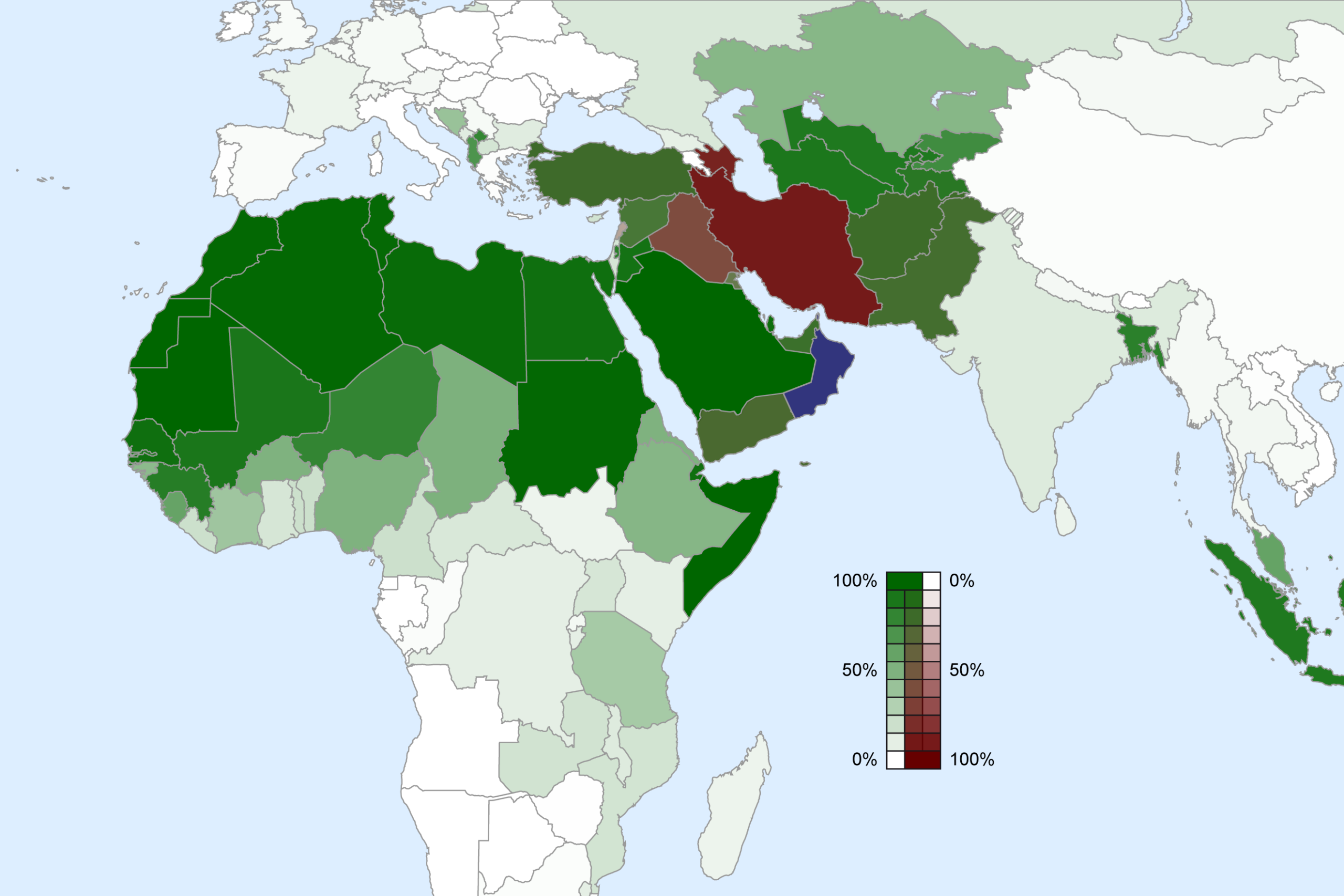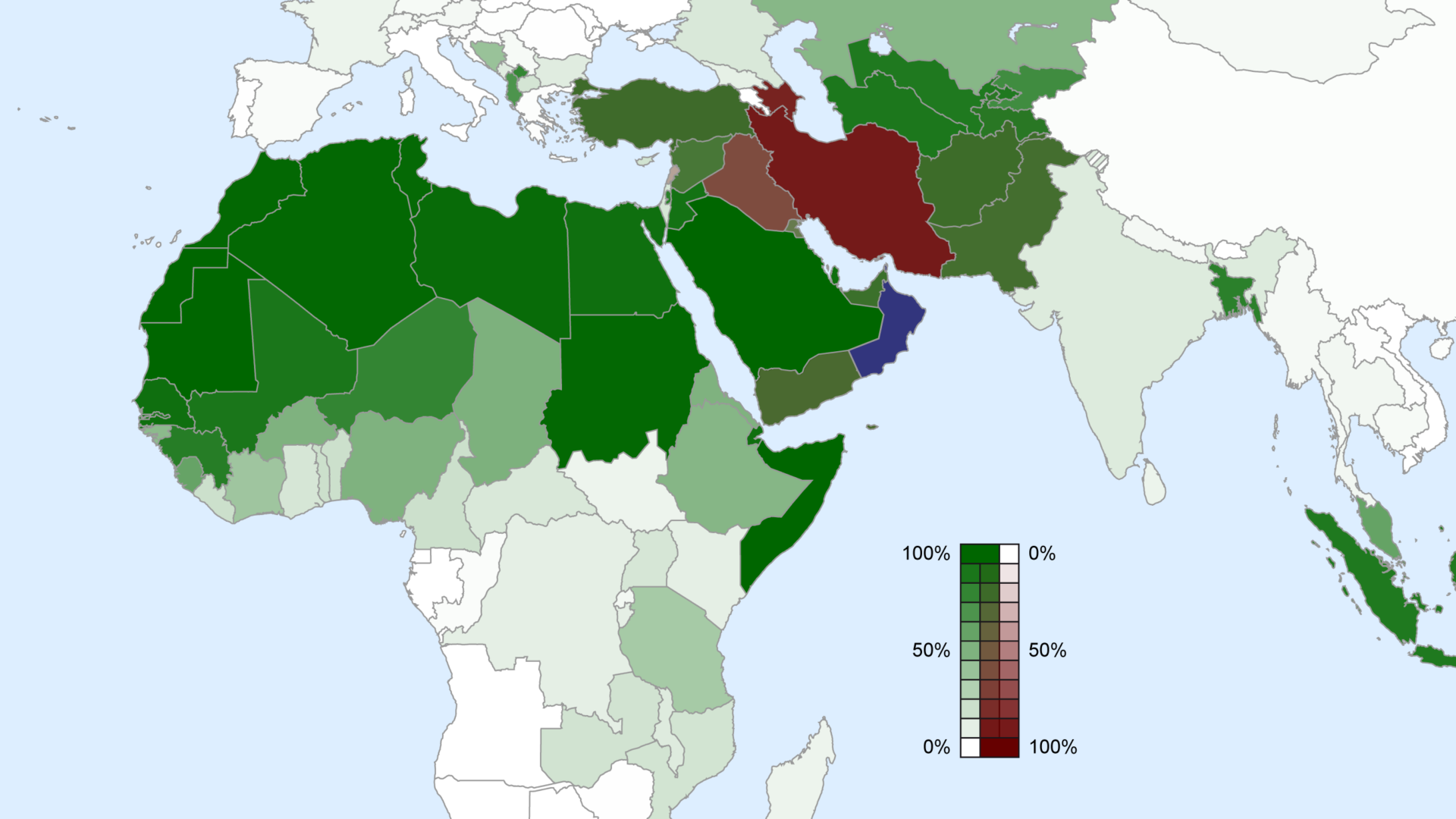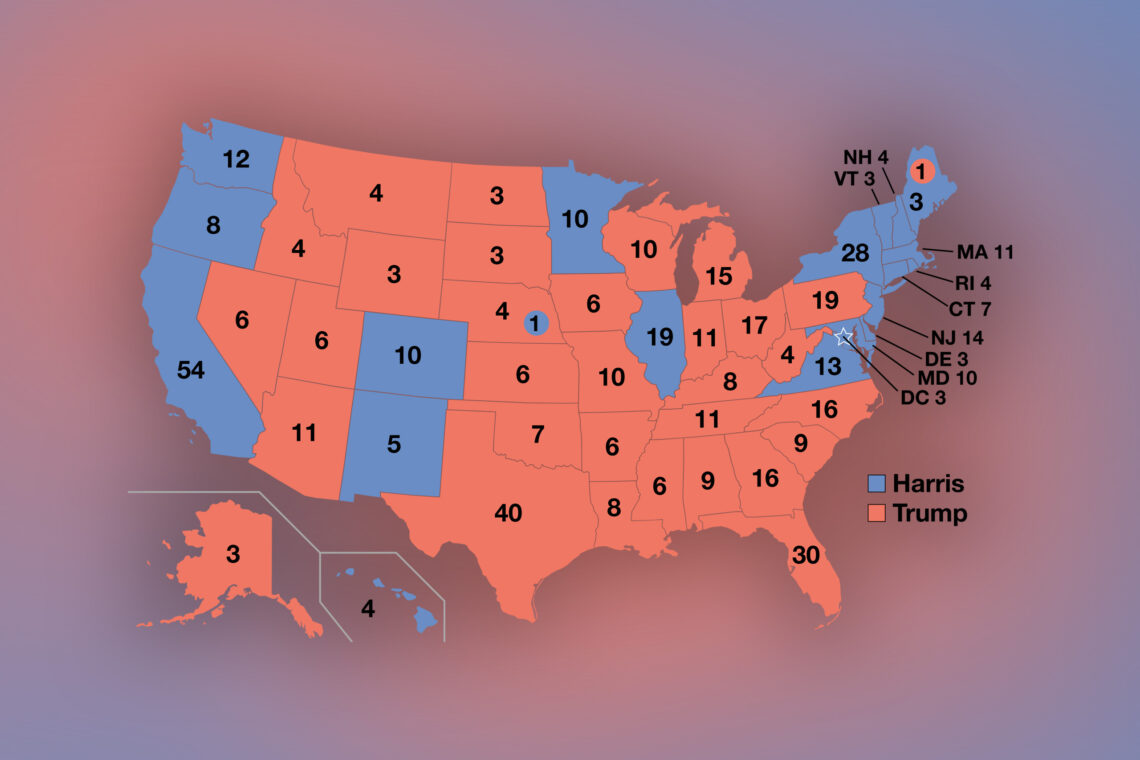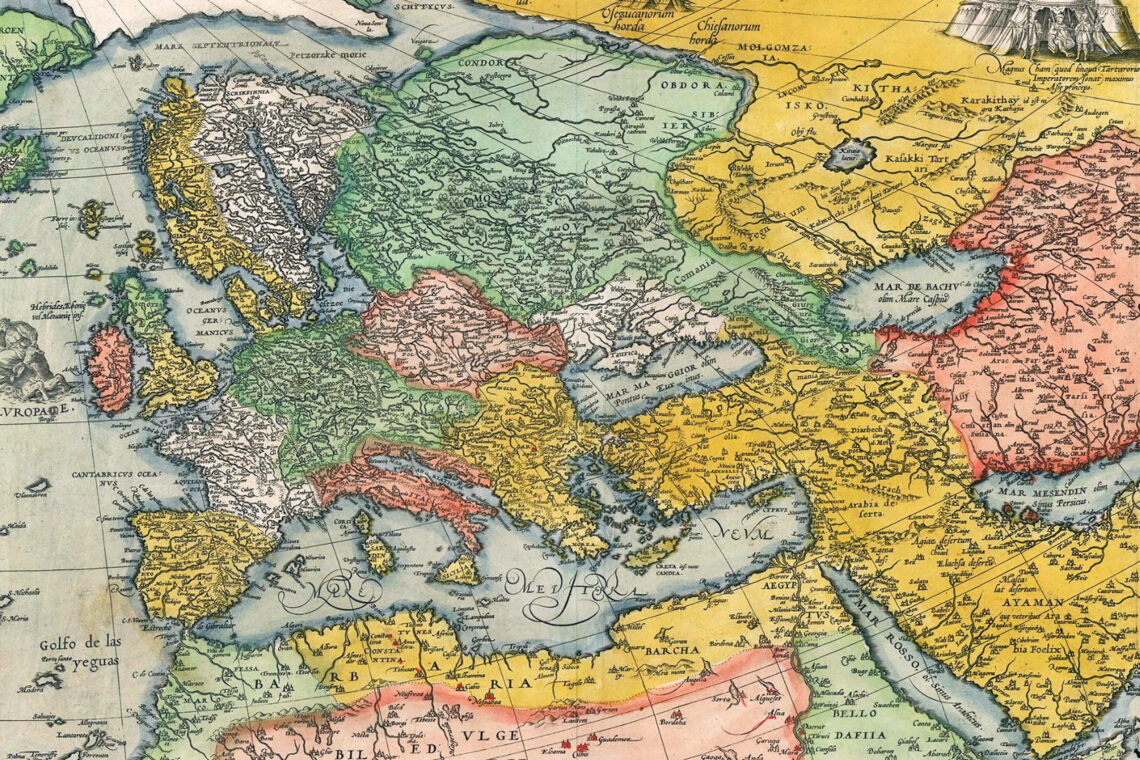According to official Muslim history, when the Prophet Mohammed died in 632, his followers quickly split into two main camps—those who wanted Ali, the Prophet’s cousin, the first boy to convert to Islam and, later, the Prophet’s son-in-law, to be next leader, and those who wanted to open up the qualifications for a wider group of believers. These differences have beset Muslims ever since and continued to cause violence and bloodshed in the Middle East.
At first, Mohammed’s political heir, his good friend Abu Bakr, had to pacify rebellious Bedouin tribes who abandoned Islam and channeled Muslims’ energies toward the conquest of neighboring civilizations (such as the Byzantine and Sassanian or Persian). After his death in 634, Omar ibn al-Khattab took over and promptly named himself “Commander of the Faithful.” He is the one who introduced the Islamic calendar and helped Islamize the institutions he inherited. He turned non-Muslims living in his nation into second-class citizens, or dhimmis, who depended on the goodwill of their Muslim lords.
When Omar was killed in 644, he was replaced by Othman ibn Affan. Othman was a divisive leader who was less interested in conquest than in reorganizing and standardizing the administration of the empire, mostly by bestowing privileges on members of his Umayyad clan. He offended many people when he styled himself Deputy of God. According to the same traditional Muslim sources, he established a standard version of the Koran to provide one ideology to the Arab diaspora.
Muslims unhappy with Othman’s unfairness killed him in 656 and proclaimed Ali as the new caliph. Ali promptly reversed Othman’s policies and reinstituted a more equitable distribution of taxation and plunder. But Othman’s cousin, Muwaiya ibn Abu Sufyan, governor of Damascus, wanted Othman’s murderer punished. Ali couldn’t do this to his supporters, and besides, Meccan elites were unhappy with Muwaiya. So a civil war (known as al-fitna al al-kubra) erupted between 656 and 659, pitting the supporters of Ali (eventually known as Shiites) against others, (eventually known as Sunnis). When Ali won the battle, he settled for arbitration. The troops who had supported this option (known as Kharijites, or Rejectionists) turned against him, leaving him no option but to fight them back. A Kharijite eventually killed Ali in 661 and Ali was buried in the Iraqi city of Kufa.

Muwayia and the Umayyad clan assumed the leadership of Muslims but remained wary of Ali’s sons, Hassan and Hussein. When the Umayyad-appointed governors of Iraq brutalized their subjects, the Iraqis appealed to Hussein, Ali’s surviving son. On September 680, Hussein, accompanied by seventy-two warriors, and his whole family, including women and children, left for Kufa on the promise that the Iraqis would join him in a fight against the governor Ubaydallah. No sooner had he left that warning reached him that people had changed their minds and that he would have no support.
Hussein’s nobility, however, prevented him from changing course. His camp in what came to be known as Karbala was besieged and on October 680, his seventy-two warriors were killed and beheaded and he himself was stabbed dozens of times. Horses trampled on his corpse. His head was chopped off and carried like a trophy. The sons of his surviving son, Ali Zayn al-Abideen, known as imams in Shiite theology, were poisoned by successive rulers, fearing that people would rally around them, since they were from the pure bloodline of the Prophet. The twelfth such imam, Muhammad al-Mahdi, entered a cave known as Bir al-Ghayba, or “The Well of Disappearance,” and embarked on a state of occultation. Jesus-like, he is expected to return on the day Hussein was killed to lead a new era of peace and justice.
Lesley Hazleton, who has done a superb job outlining the political machinations of this early Islamic period in her book, After the Prophet: The Epic Story of the Shia – Sunni Split in Islam (2009), pointed out that the first caliph Abu Bakr is the only leader to have died of natural causes in almost half a century following Prophet Mohammed’s death. Yet, in many Muslims’ minds, this period is known as the “golden age” of Islam, a time when Islam expanded, faith was pristine, and virtue was paramount. This blood-drenched era is, in fact, the model for a new Islamic revival. In the meantime, as the New York Times is reporting, the Saudi-financed Sunnis and Iranian-backed Shiites are spreading mayhem in the Middle East, as if nothing new happened between the 7th and the 21st centuries.
Isn’t this sordid history enough to make the case for a secular political system, where faith is private and society is managed on the basis of modern tenets?





Comments are moderated by the editor and may not appear on this discussion until they have been reviewed and deemed appropriate for posting. All information collected is handled in a manner consistent with our privacy policy.